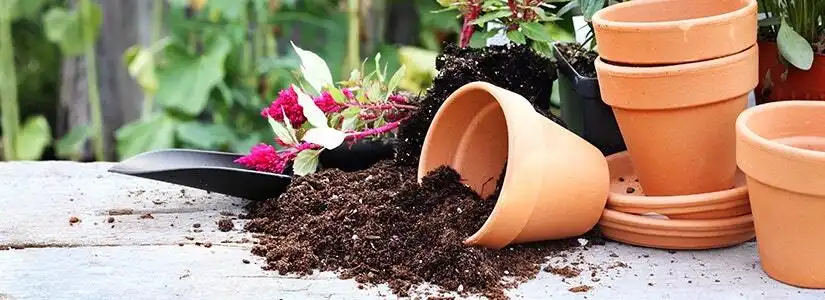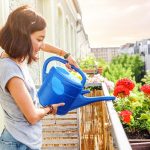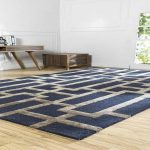
Gardening is as much an art as it is a science. Beyond selecting the right plants, the pots you choose for them play a pivotal role in ensuring their growth and health. Dive deep into the world of “plant pots” and discover how to select the right pot for each of your plants.
Understanding the Basics of Plant Pots
It’s Not Just About Aesthetics
Plant pots are more than just decorative holders for your plants. They are the primary homes of your plants, responsible for the essential nutrients, aeration, and moisture that they need. Before diving into the specifics of choosing the right pot, it’s important to understand the fundamental attributes of plant pots.
Key Characteristics of Plant Pots
- Material: Plant pots can be made of various materials, such as terracotta, plastic, ceramic, wood, and metal. Each has its benefits and challenges.
- Drainage: Proper drainage is vital. Pots without drainage holes can cause water to pool, leading to root rot.
- Size: The pot’s size should be compatible with the plant’s size and its growth potential.
- Shape: The pot’s shape can influence root growth and development.
Navigating the Material Maze
Picking the Right Material for Your Plants
Different materials can offer varied benefits to plants, and knowing them can greatly aid in making an informed decision.
Terracotta and Ceramic Pots
Benefits
- Breathability: They allow air and moisture to pass through, promoting root health.
- Stability: Heavy, making them suitable for top-heavy plants.
Drawbacks
- Can dry out quickly, not suitable for plants requiring constant moisture.
- More fragile compared to plastic or metal pots.
Plastic Pots
Benefits
- Lightweight: Suitable for hanging plants or when frequently moving plants.
- Retention: Retains moisture better than terracotta or ceramic pots.
Drawbacks
- Not as breathable, can cause roots to become waterlogged if not monitored.
- Can degrade over time with UV exposure.
Wooden and Metal Pots
Benefits
- Aesthetics: Can add a rustic or contemporary feel to your garden.
- Insulation: Provides good insulation, protecting roots from rapid temperature changes.
Drawbacks
- Wood can decay over time if not treated or if constantly wet.
- Metal pots can rust and may heat up in direct sunlight.
Size and Shape Matter
Subtitle: Ensuring Growth and Stability
When choosing plant pots, considering the size and shape is crucial. A mismatch can lead to stunted growth, toppling, or even root diseases.
Getting the Size Right
- Starting Small: For young plants, start with a pot only slightly larger than its current size. This ensures that the soil dries at a consistent rate, preventing root rot.
- Plan for Growth: As plants grow, they’ll need repotting. Ensure you have a size progression in mind.
- Avoid Overpotting: A pot too large can cause the soil to remain damp for too long, which is detrimental for most plants.
Shape Considerations
- Depth: Some plants have deep roots and require deeper pots, while others spread out and prefer wider, more shallow pots.
- Stability: Consider the plant’s weight and growth pattern. A top-heavy plant might require a pot with a broader base.
Don’t Forget Drainage
Subtitle: The Lifeline of Healthy Plants
Adequate drainage is a must. Without it, water can accumulate at the pot’s bottom, leading to an array of problems, primarily root rot.
Essential Tips on Drainage
- Always Opt for Pots with Drainage Holes: If your favorite pot lacks them, you can drill some yourself or use it as a decorative outer pot.
- Monitor Watering: Ensure you’re watering your plants appropriately. Too much can lead to saturation, and too little can dry them out, regardless of the pot.
- Use Quality Soil: Well-aerated and fast-draining soil can make a huge difference.
Conclusion: Finding the Perfect Home for Your Plants
Choosing the right plant pots is a journey of understanding the specific needs of your plants and aligning them with the pot’s attributes. By considering the material, size, shape, and drainage, you’ll not only ensure your plant’s health but also make your gardening experience more enjoyable. Always remember, a happy plant is often the result of a well-chosen pot.




